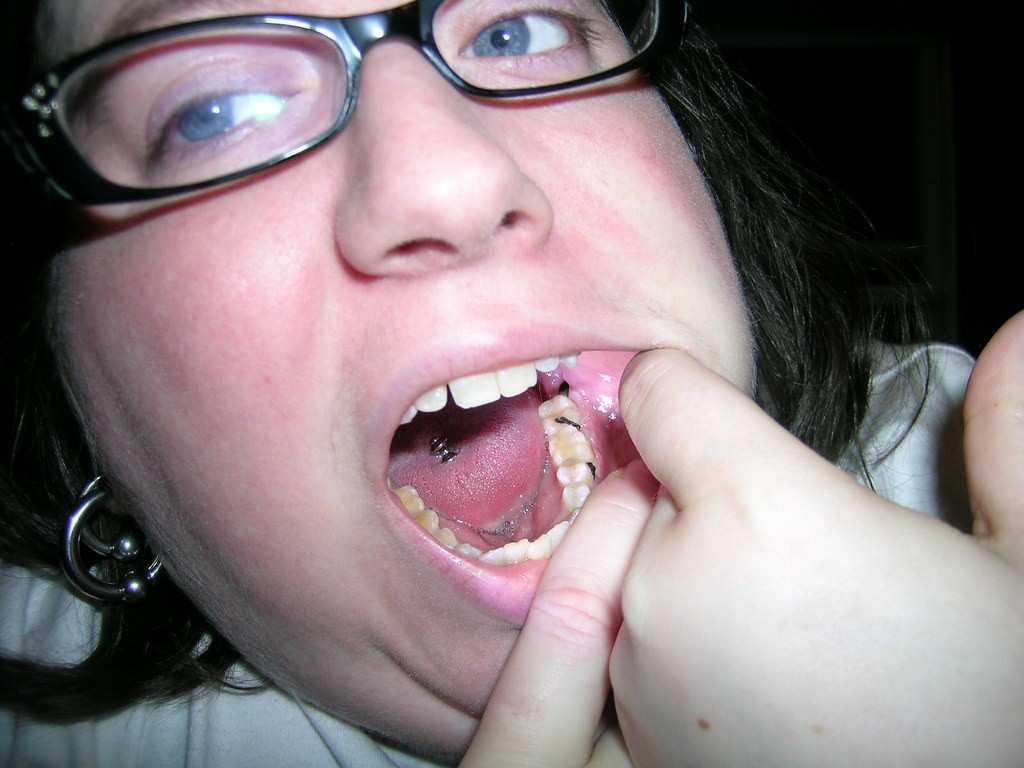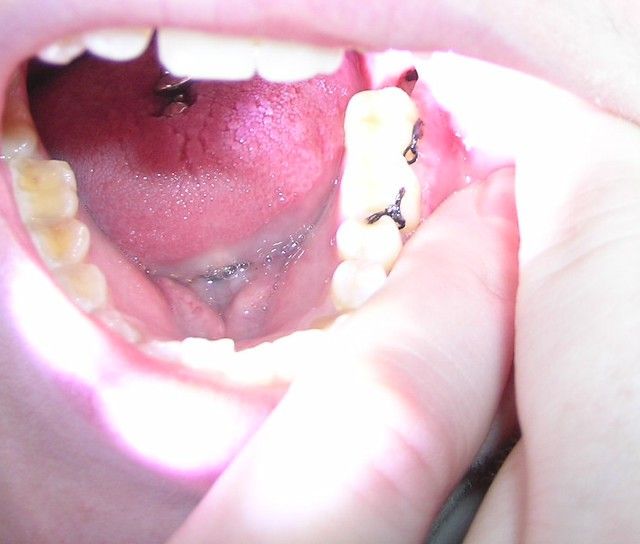When Is Dry Socket No Longer A Risk?
Every so often, a tooth can sting for a short time after it is taken out. Regardless, if it hurts an incredible arrangement, it might be something Medical advice forums many allude to as a “dry socket.”
A dry socket happens when the tooth that was taken out doesn’t heal right away. This can make the locale hurt a whole group, and it could attempt to make your breath smell bad.
Not so many people get dry sockets—something like 4 out of every 100. But, accepting it ends up working, by and large, it starts hurting on the second or third day after the tooth is pulled.
In case it hurts a ton, you should see a dental expert right away. Yet, if it’s not exactly dreadful, you might feel improved by managing it at home.
Acknowledging dry sockets is huge, so you can find support if you need it and start feeling a lot better soon.
What is a dry socket?
Right when you get a tooth pulled, an exceptional covering called a blood clot structure is underwater. This clot stops depleting and helps the bone repair.
In any case, if the coagulation gets moved too soon, it can extraordinarily hurt the bone. If you drink through a straw or flush your mouth too hard, this could happen.
It’s known as a dry socket when the bone is revealed and hurts more. Hence, be mindful after a tooth extraction to permit it to recover.
When Is Dry Socket No Longer A Risk?
After you get a tooth pulled, it’s vital to know that your dry socket is safeguarded. By and large, the bet goes down after the essential week. But, anyway, you should be wary until your mouth is completely recovered.
Wisdom teeth openings close up in around 7 to 8 days. But, it might be different for everyone, depending on how old they are. How well they manage their teeth, and how strong they are.
To guarantee you don’t get dry sockets or various issues. You need to follow everything that your dental expert shares with you after the extraction. You should do this:
- Keep your mouth clean by cleaning your teeth and washing with salt water, as your dental expert says.
- Do whatever it takes not to smoke. Use straws, or flush your mouth too unforgivingly with the grounds. These things can pound the blood clot out and make a dry socket more likely.
- Watch out for any odd signs like horrible torture, lots of growing, a bad introduction for you, or a fever. If you notice any of these, you need to see your dental-trained professional.
A considerable number of individuals get better without getting dry sockets. In any case, it’s at this point crucial to be wary and inform your dental expert on whether something isn’t on.
By doing these things, you can guarantee your mouth recovers and feels moved along.
When can you get a dry socket?
Knowing when a dry socket happens is critical for any person who’s had a tooth pulled. The most vital bet is in the underlying three days after the technique, especially between days 2 and 3.
Still, after the fourth day, the bet goes down a ton. This occurs because it requires speculation for the blood clot to shape and settle in the area where the tooth was taken out.
Along these lines, expect you to follow the rules your dental expert gives you after the extraction. Not doing things that could wreck the clot.
You can cut down your conceivable outcomes by moving a dry socket and avoiding the irritation that goes with it.
What does dry socket look like?
Spotting a dry socket means looking for certain things in the hole where the tooth was pulled. Instead of seeing a dark red blood clot covering the bone, you might see a space with light colors at the bottom.
It shows the bone is exposed. This big difference in how it looks is a clear sign of a dry socket. Also, the color of the stuff covering the bone in a dry socket can be different, like yellow, grayish-green, or even darker red.
These color differences can tell you more about what kind of dry socket it is. Knowing these signs can help you get help to stop the pain.
Dry Socket Symptoms
- Increased bleeding, especially within the first 24 hours Medical advice forums after tooth extraction.
- Intense throbbing pain in the tooth socket, often radiating to the surrounding bone or face.
- Sensitivity to cold temperatures.
- Persistent bad breath and a foul taste in the mouth.
- Headaches, dizziness, and difficulty sleeping (less common).
- Rare complications may include infection and fever, which could lead to “lockjaw” (trismus).
What Causes Dry Socket:
- Inflamed or infected gum tissue before tooth removal raises the risk of a dry socket.
- Smoking cigarettes creates a suction effect that can disrupt the blood clot, leading to a dry socket.
- Vigorous oral hygiene practices such as strong brushing or using a toothbrush on the surgery site. And forceful rinsing or spitting can dislodge the blood clot.
- Consuming hard or crunchy foods at the extraction site may dislocate the blood clot.
- Drinking from a straw creates a suction motion, increasing the likelihood of a dry socket.
It’s important to follow the rules your dental expert gives you Medical advice forums when getting a tooth pulled. Doing so helps you retouch and feel far improved. And it cuts down on the potential outcomes of getting a dry socket or various issues.
Home Care for Dry Sockets:
To feel improved and help your mouth with patching, you can do a couple of things at home if you have dry socket torture. You can try this:
- Flush with warm salt water: Flush your mouth with warm salt water to clean where the tooth was pulled. It helps kill germs and makes the area heal faster. But don’t rinse too hard, or it might make the pain worse.
- Use cold and warm packs: Put a cold towel or something cold on your cheek where it hurts. This can help make the pain and swelling go down. After a day, you can try using something warm too, which might help even more as the swelling goes away.
- Use wet teabags: Wet teabags can also help with pain and swelling. Just put a damp teabag on the spot where your tooth was pulled. You can even chill the teabag in the fridge before using it for extra relief.
Dry Socket Treatment Medical
To help with dry sockets, your dental expert could need to do a few things to Medical advice forums make you feel better and help your mouth with retouching.
They will check how dreadful the misery is and look at the introduced issue that still needs to be worked out and what to do immediately.
Here are some things your dentist might do:
- Clean the socket: They’ll clean the hole where your Medical advice forums tooth was very hard to get rid of any dirt and help it heal.
- Use dry socket paste: They might put a special paste on the hole to help with pain and keep it clean. They might need to change this paste every 1 to 2 days.
- Put bone unite material: At times, they’ll fill the opening with extraordinary material. It helps the bone recover and heal quicker, particularly if your bone is flimsy.
- Use careful froth: At times, they’ll place froth flat broke to help it recuperate and stop any more dying.
- Give you unique prescriptions: They could give you more grounded pain medications if the normal ones don’t function enough and are antimicrobial to stop a disease.
- Give you calming drugs: These medications assist with enlarging and pain.
- Give you acetaminophen: This medication assists with pain as well.
- Give you narcotics: In terrible situations where different meds don’t work, they could give you narcotics for a brief time frame.
- Give you anti-toxins: If there’s an opportunity for a Medical advice forums disease, they’ll give you anti-microbials to stop it.
- Use numbing medicine: They might put medicine on the hole to make it numb and help with pain.
By doing these things with your dentist’s help, you can feel better and help your mouth heal faster from dry sockets.
Healing Time for Dry Socket:
The recovery process for dry sockets takes 7 to 10 days. New tissue designs cover the uncovered bone and help with harmonizing retouching. Nonetheless, individuals with periodontal disease or humble bones could experience a longer retouching period.
Duration of Dry Socket Pain:
Pain coming from a dry socket can persist for 1 to around 14 days, except for being treated by a dental subject matter expert. Searching for capable treatment can decrease the burden and rush the retouching framework.
How to prevent dry socket
Prevention is key to avoiding complexities like dry sockets after tooth extraction. Complying with your dental expert’s post-extraction headings is important. Besides, adhering to these preventive measures can further diminish the bet:
- Avoid all forms of smoking and tobacco products.
- Refrain from using straws, as the suction motion can disrupt the healing process.
- Practice gentle mouth rinsing and avoid vigorous movements.
- Cut coughing or sneezing when possible to prevent the dislodging of the blood clot.
- Allow the extraction site to heal undisturbed.
- Steer clear of carbonated drinks and opt for soft foods during the initial recovery period.
- Avoid consuming sharp, spicy, or hot foods that may irritate the extraction site.
- Refrain from strenuous physical activity or exercise.
- Do not wet the gauze before placing it on the extraction site.
- Take the prescribed antibiotics as directed.
- Consider taking more precautions, such as antibiotic mouthwash or dressing, under the guidance of your dentist.






